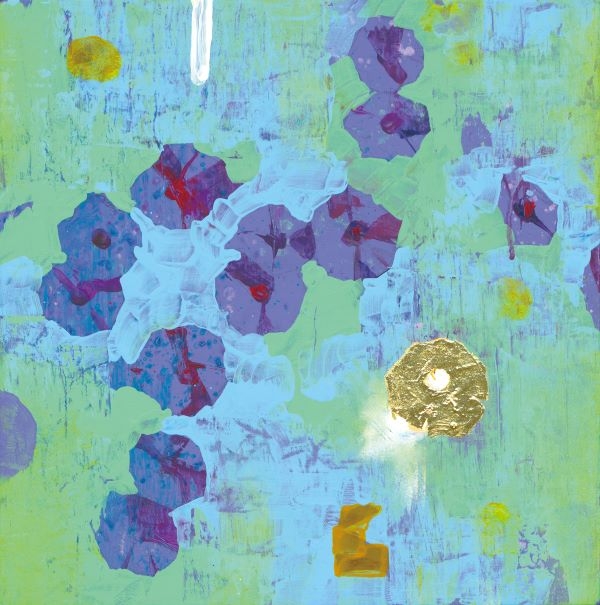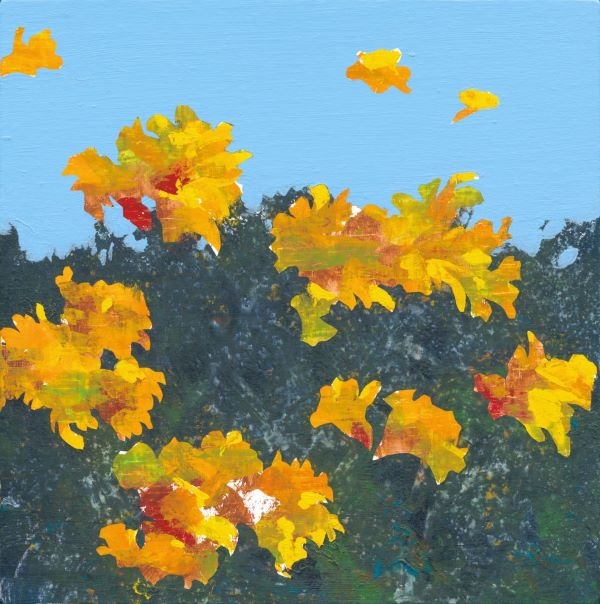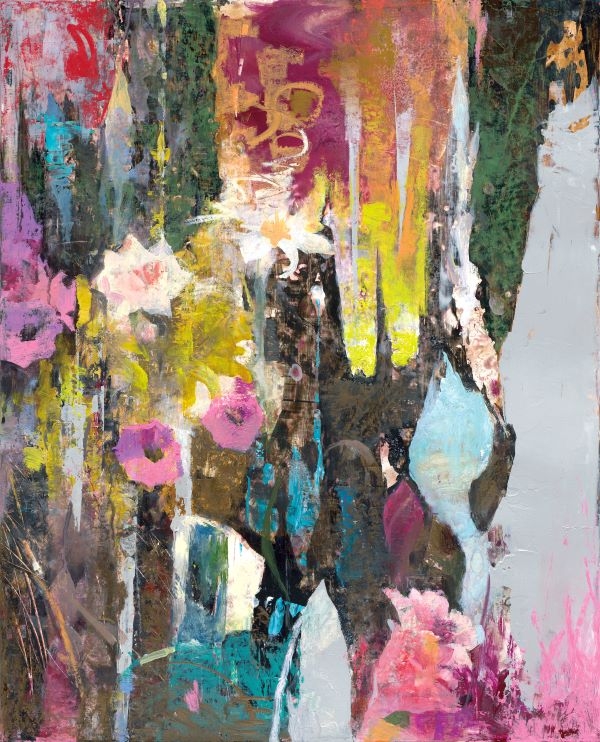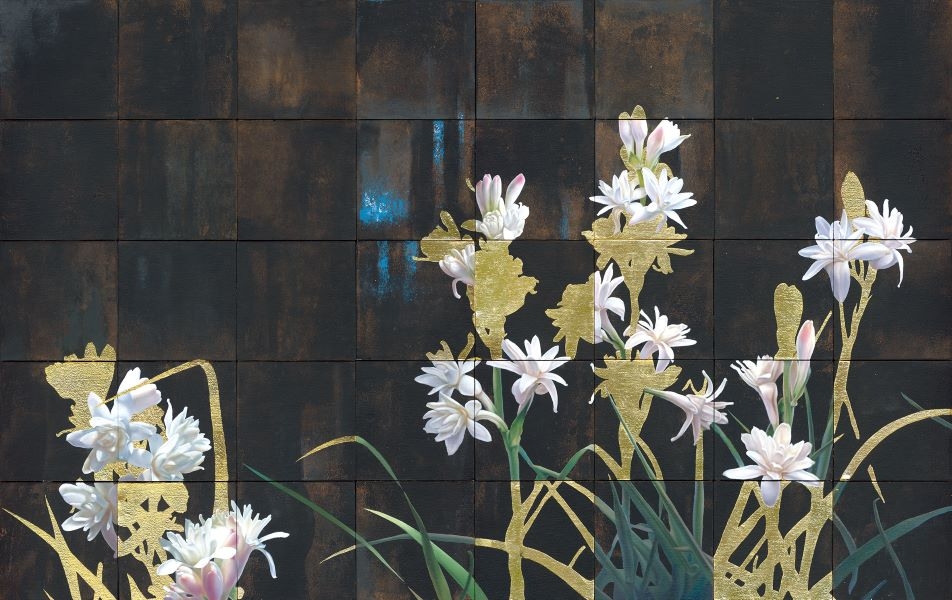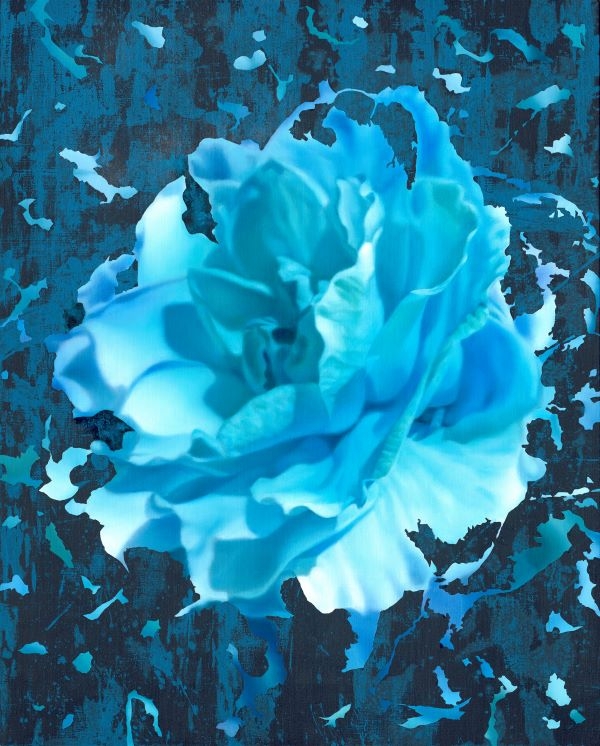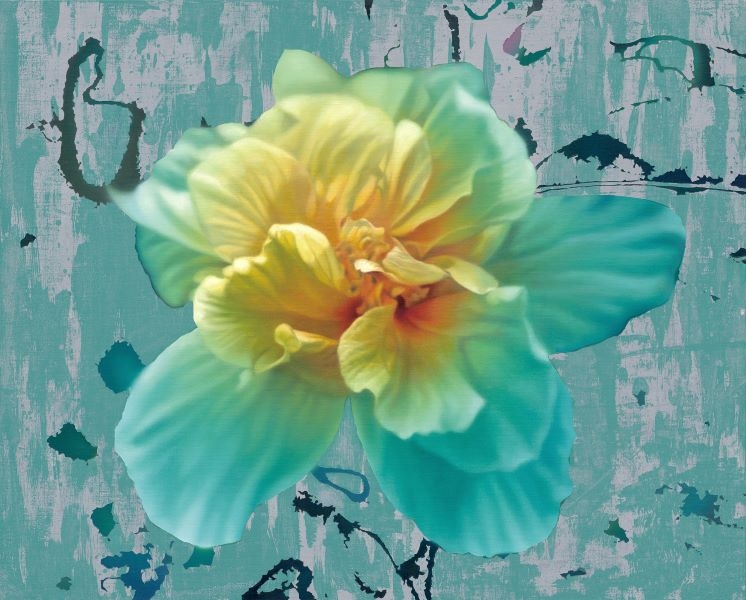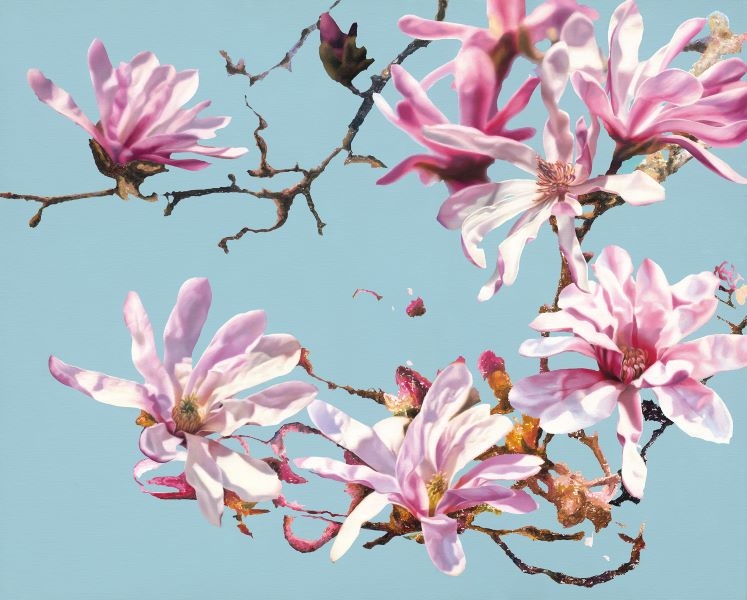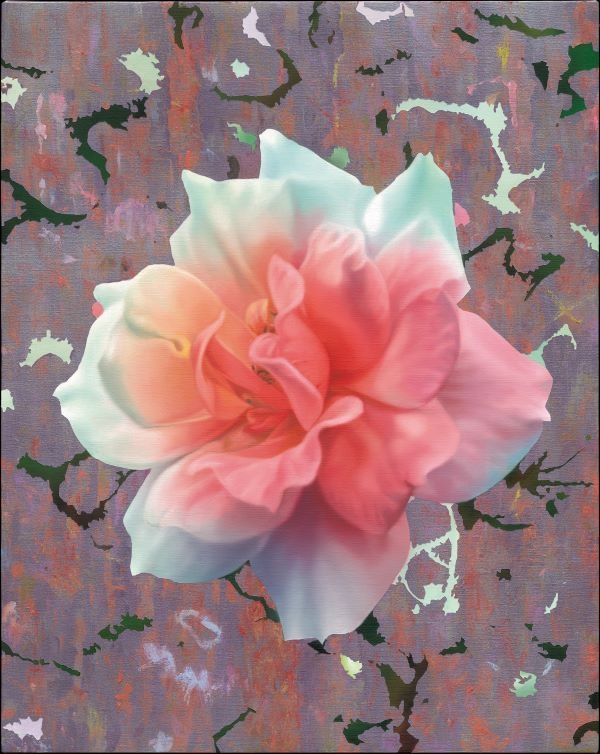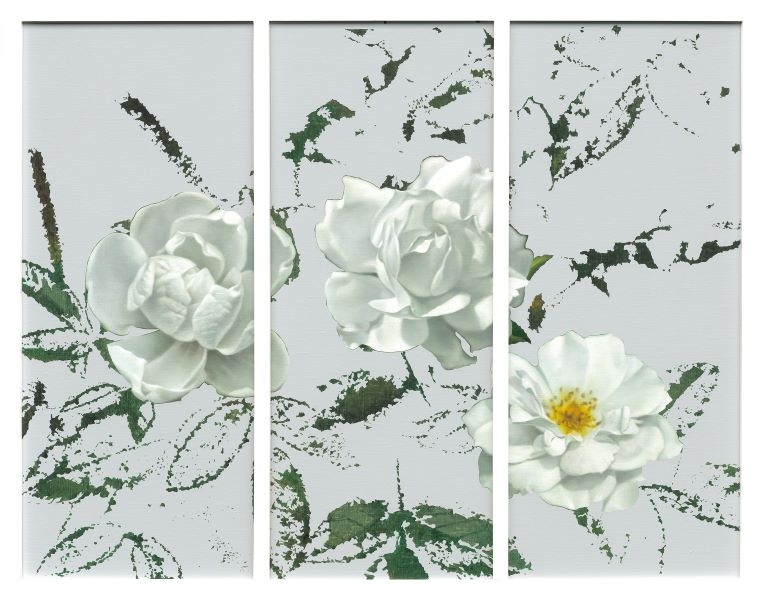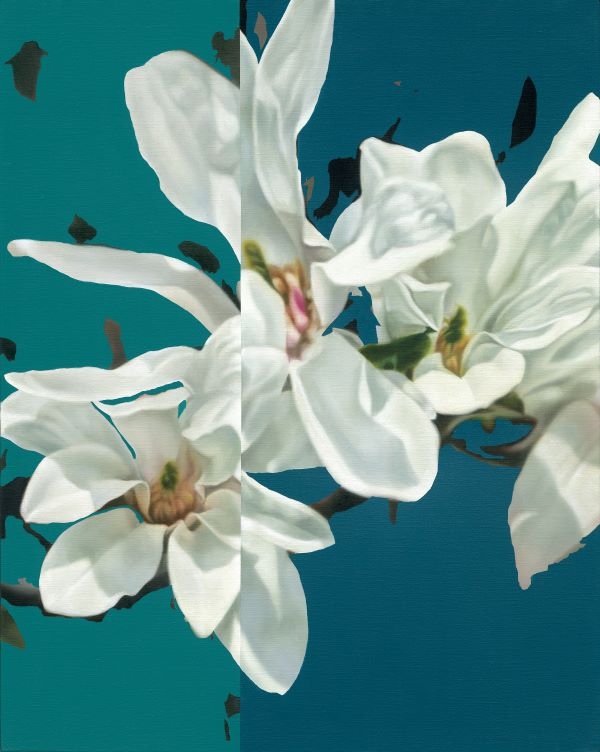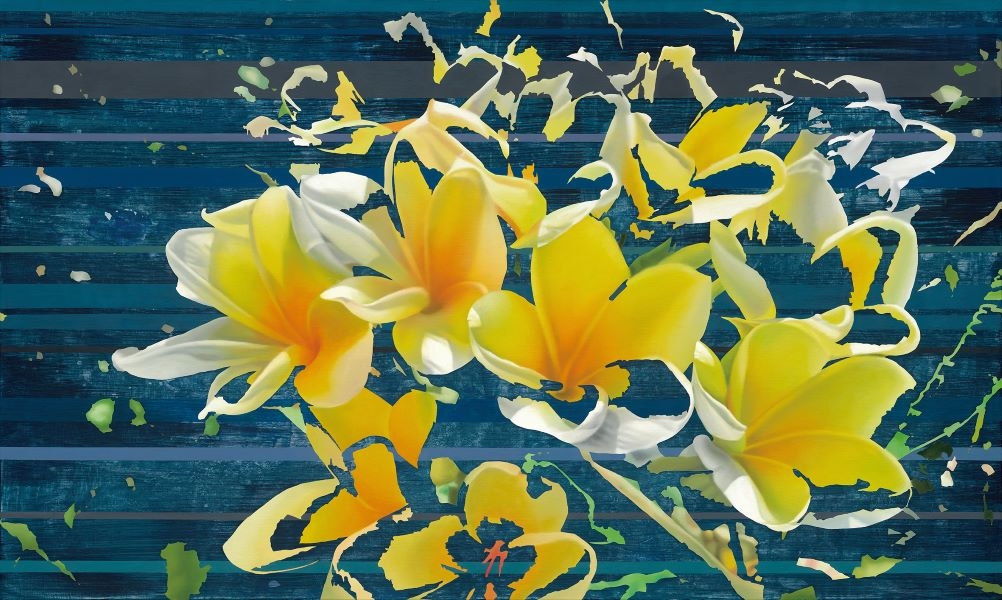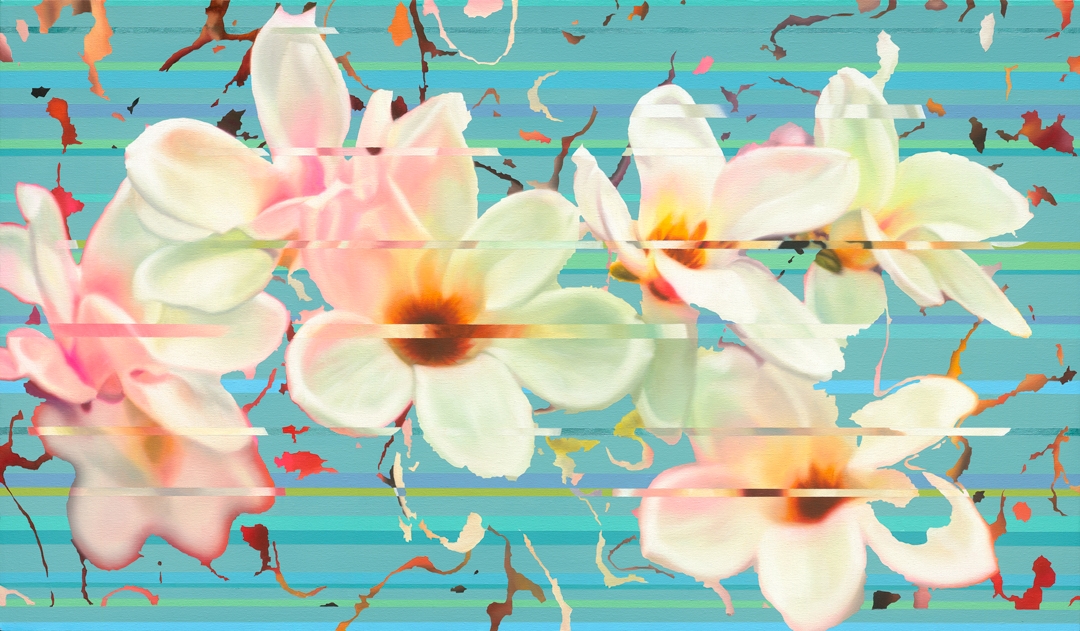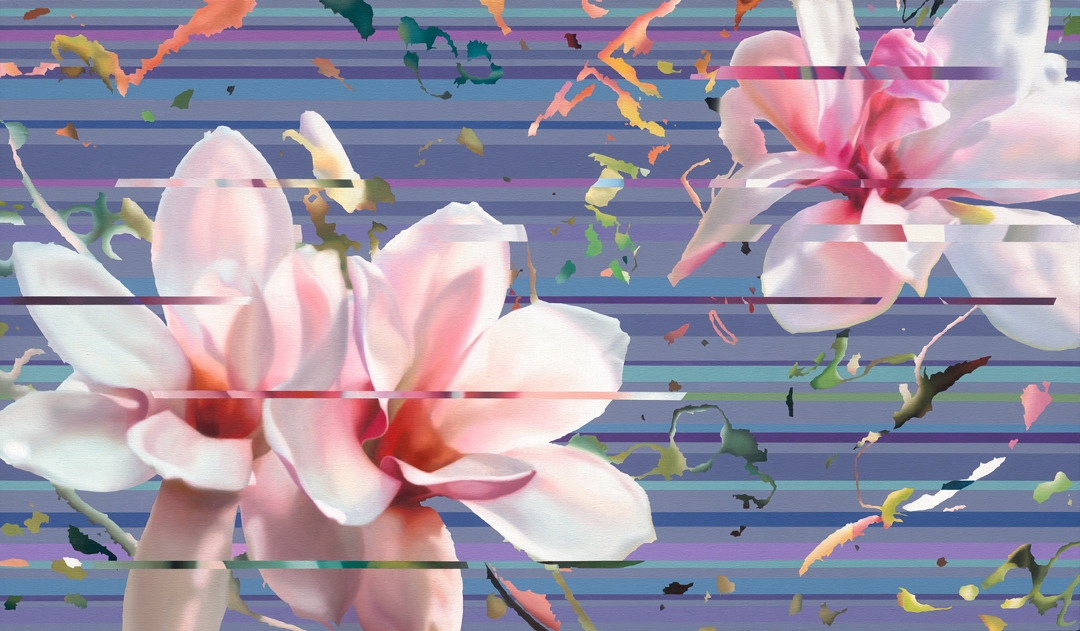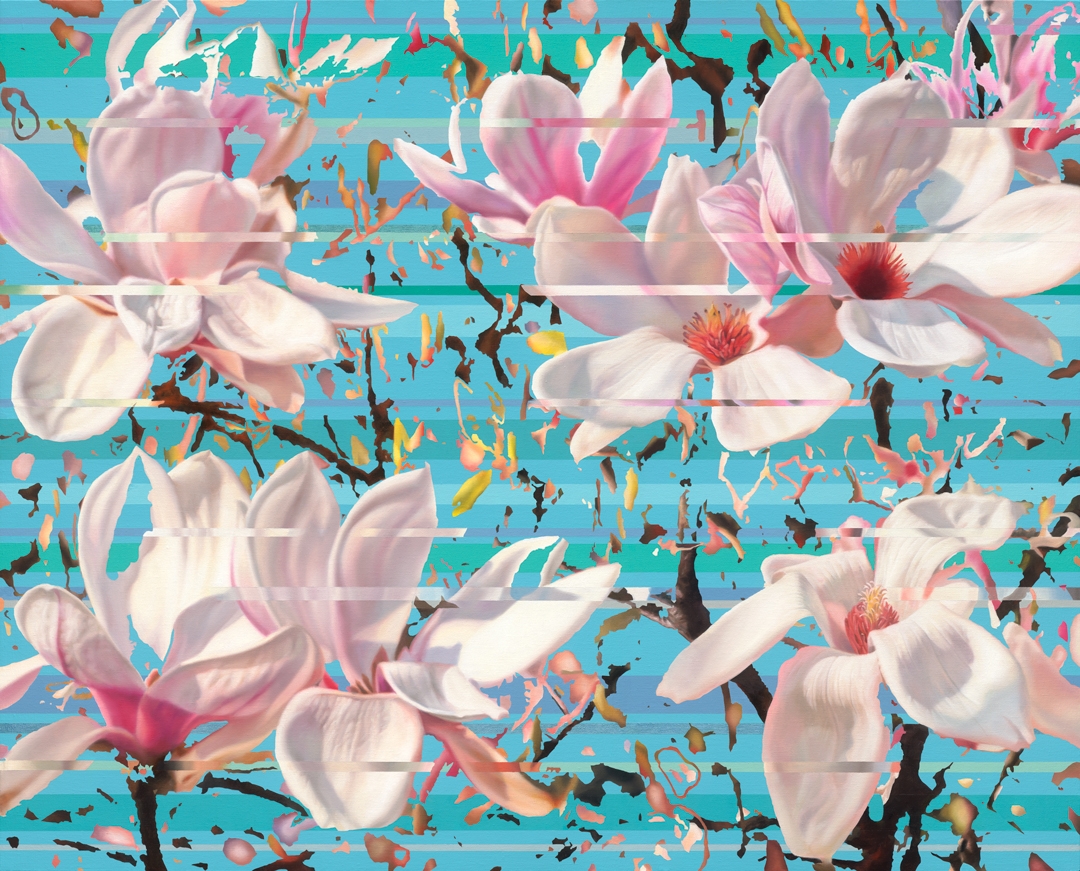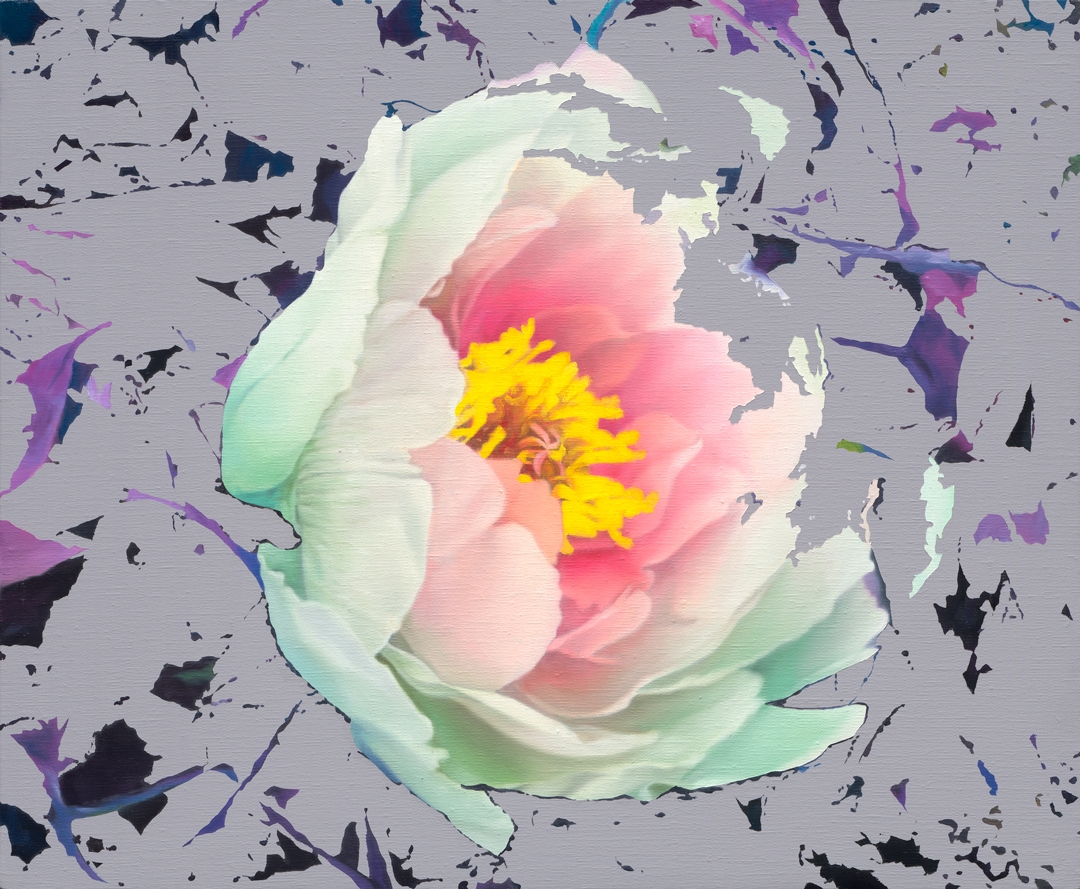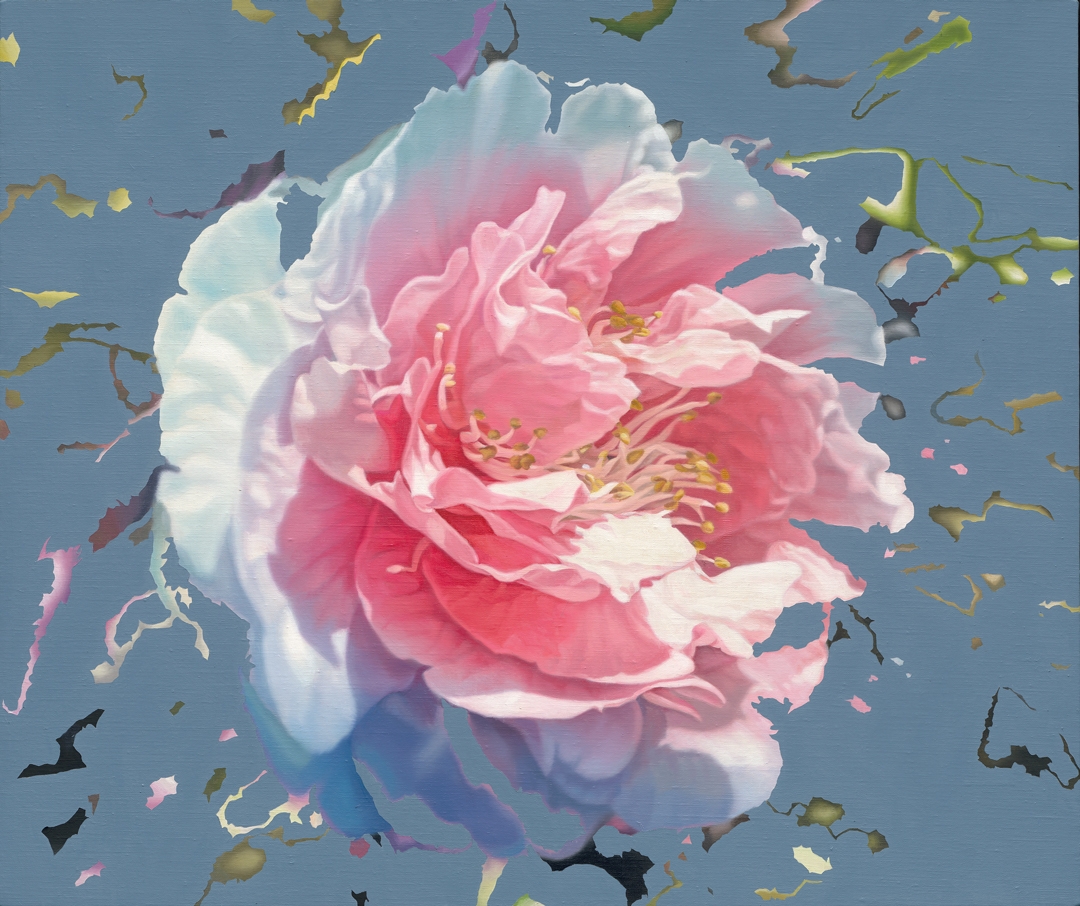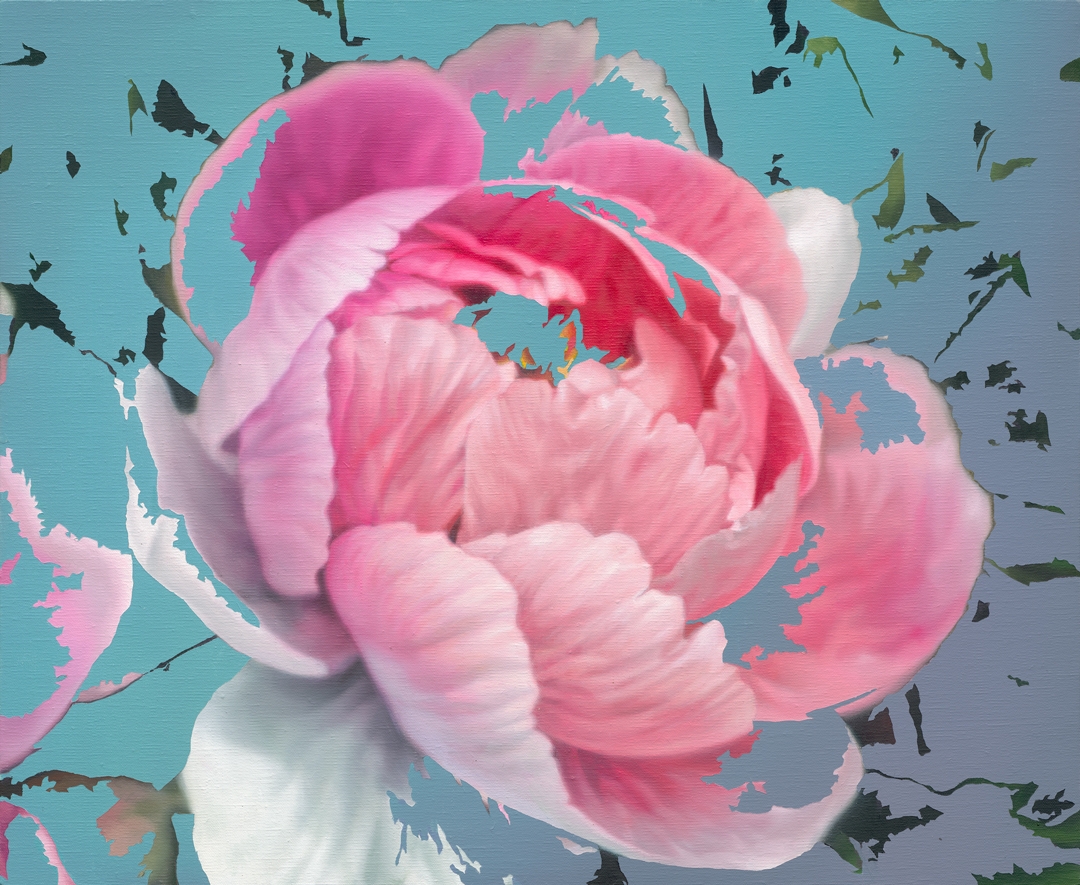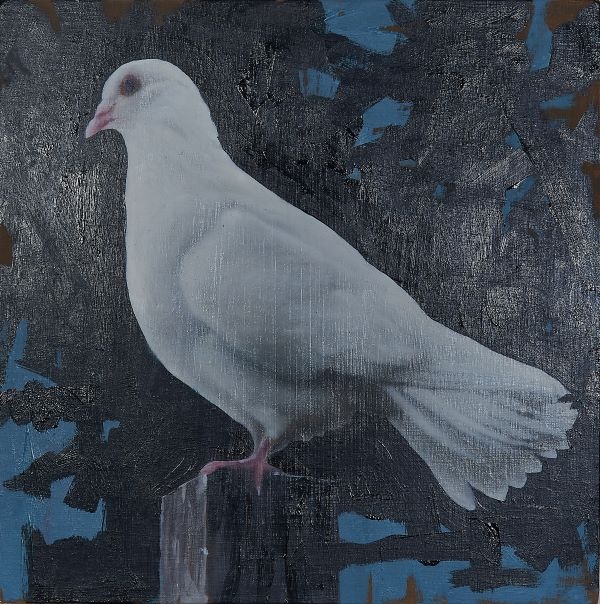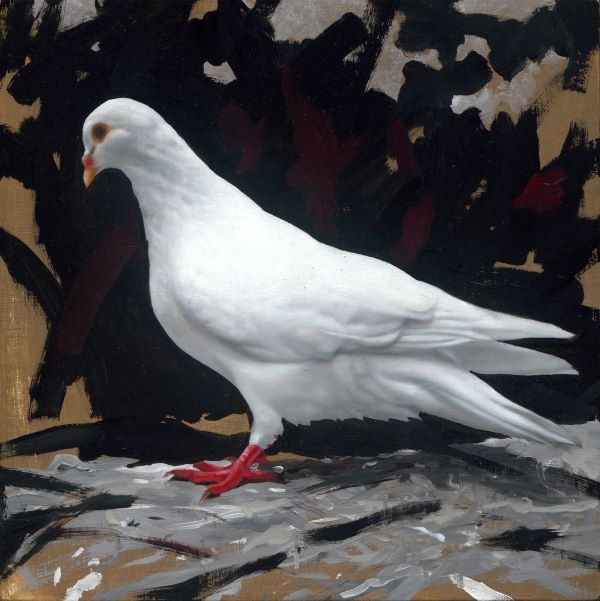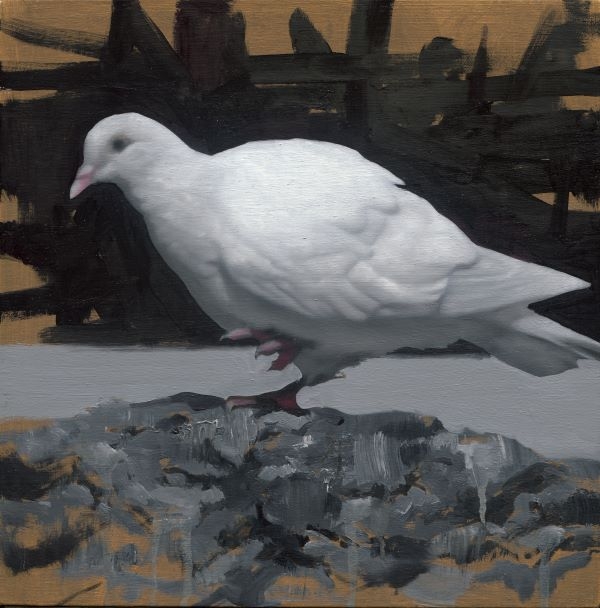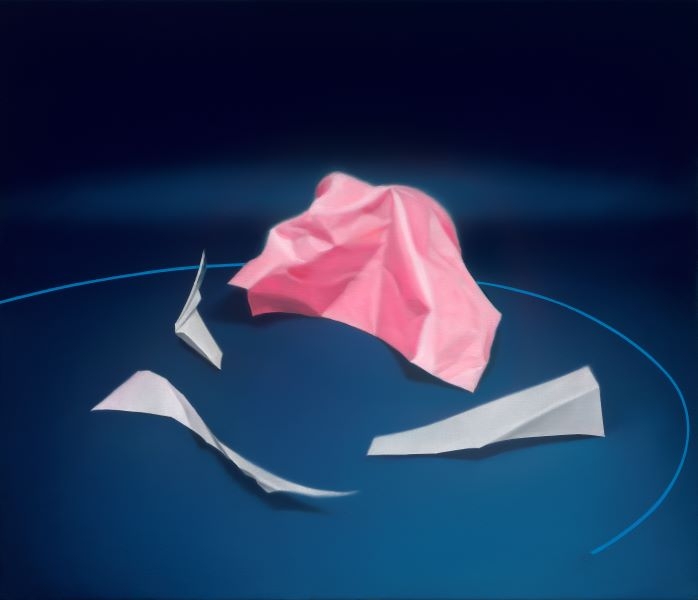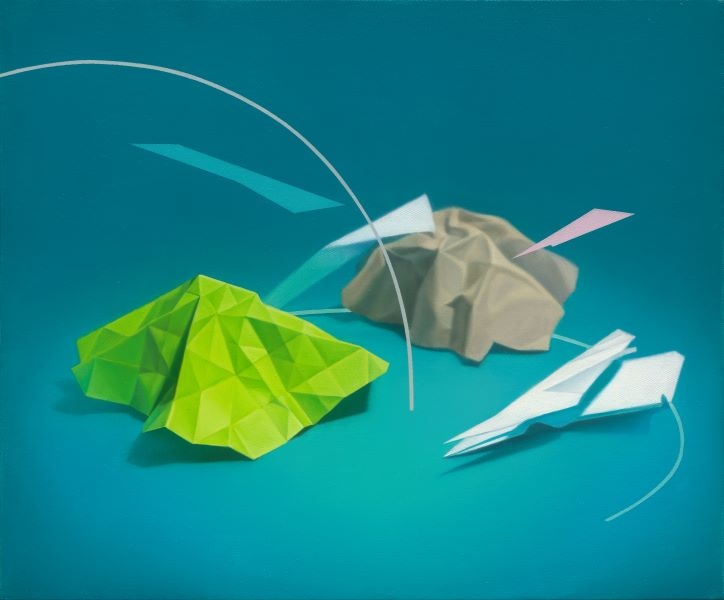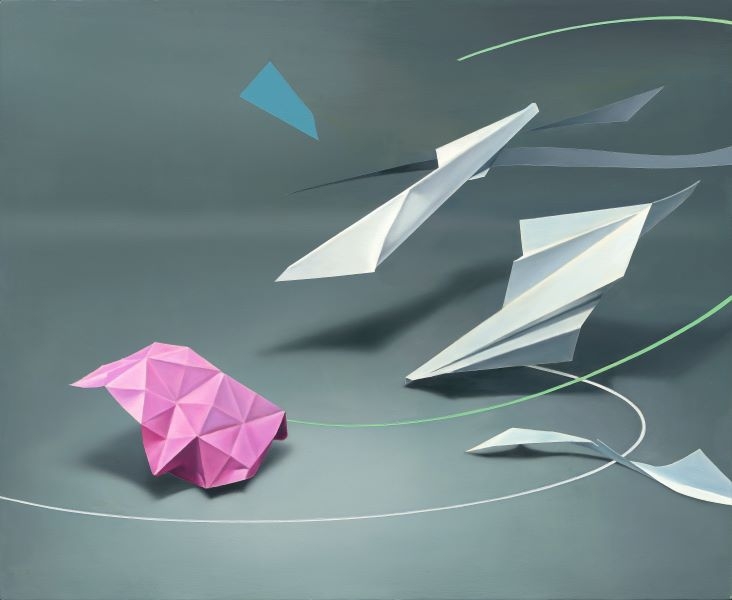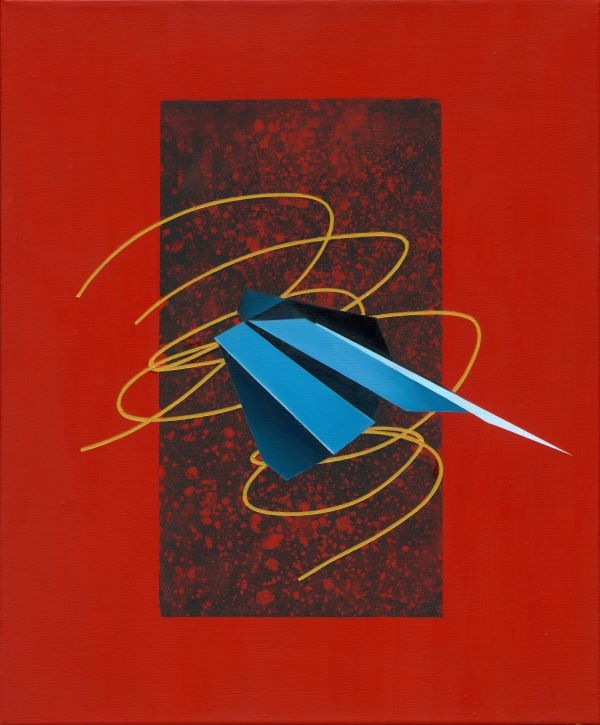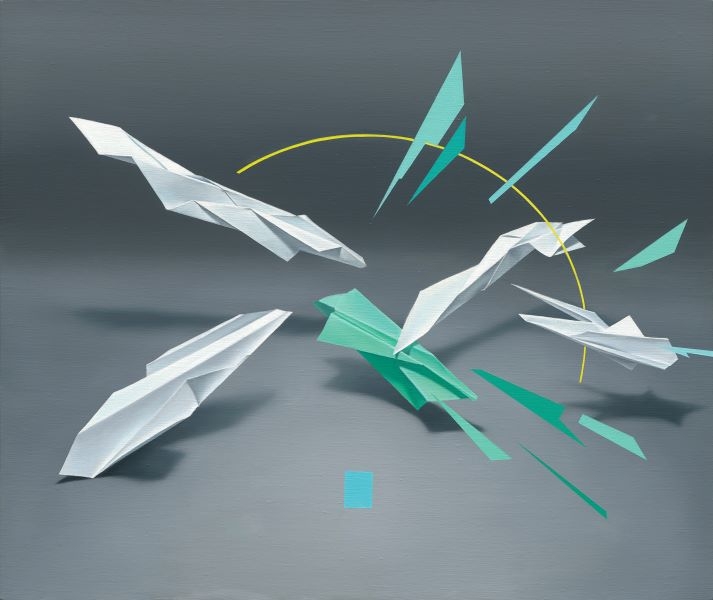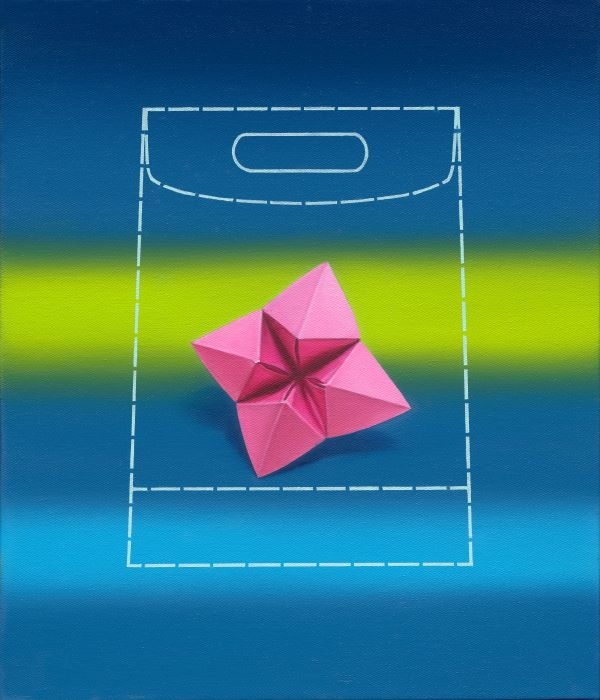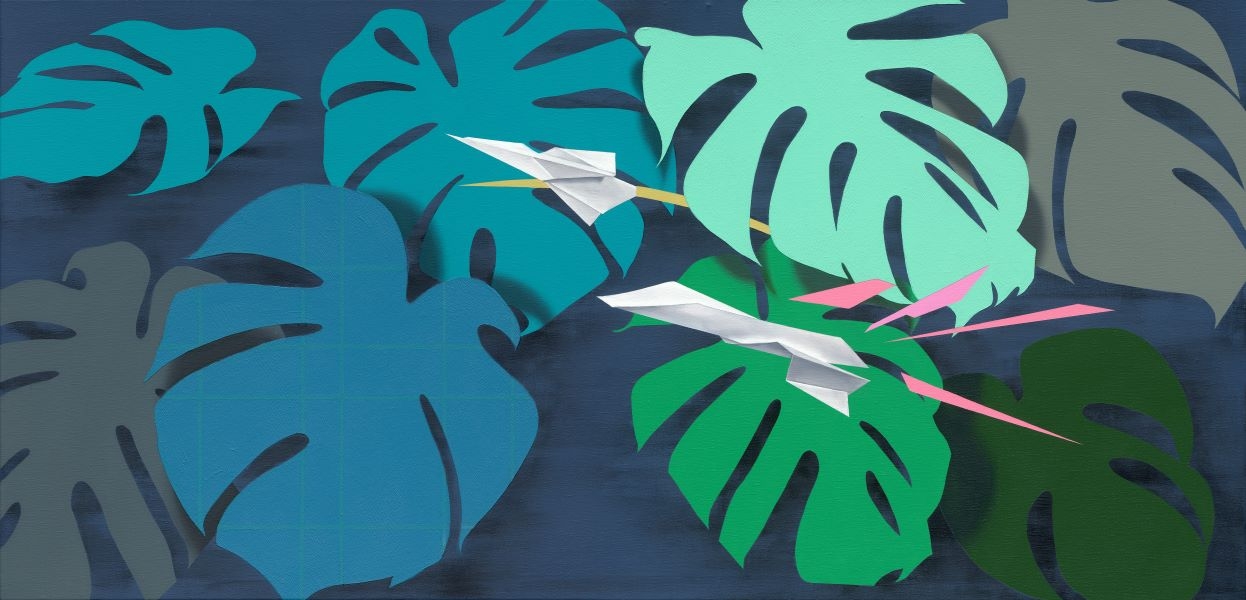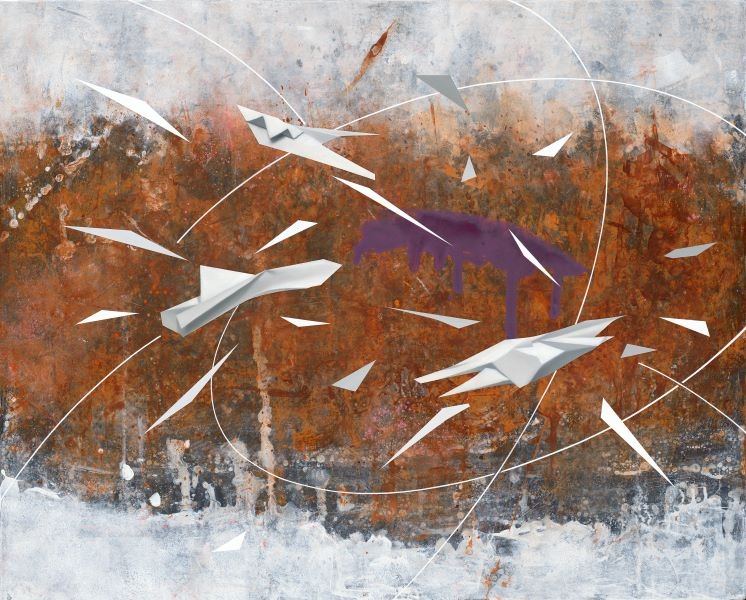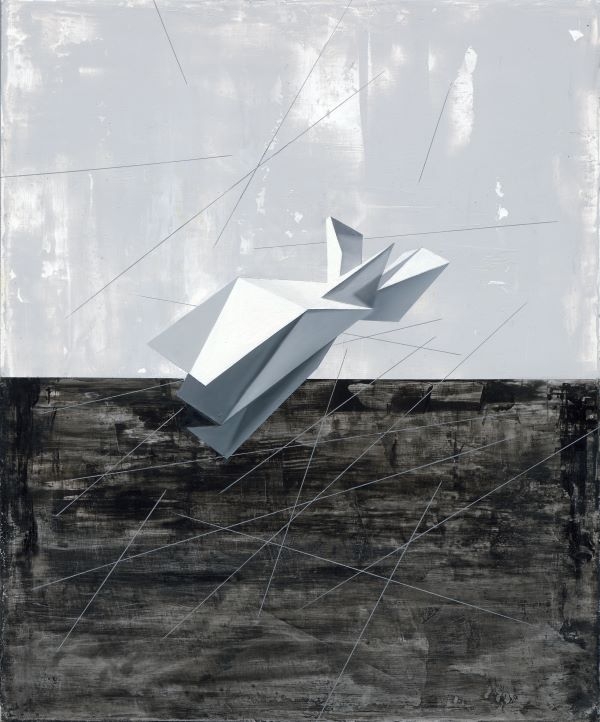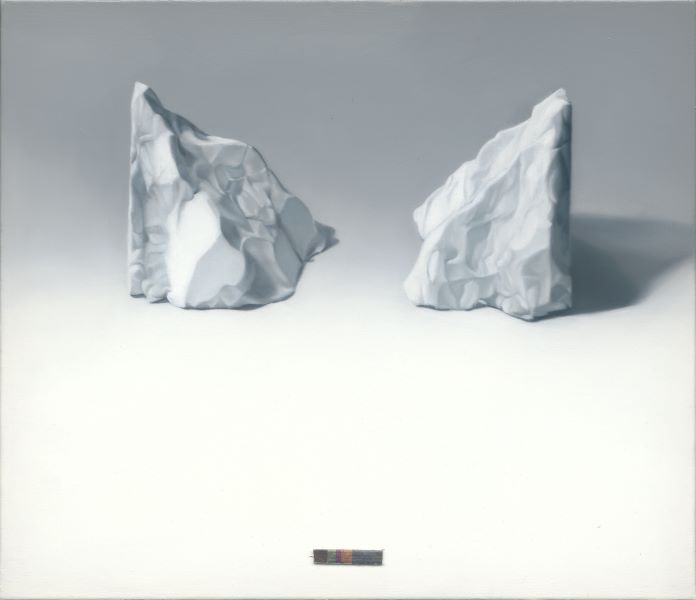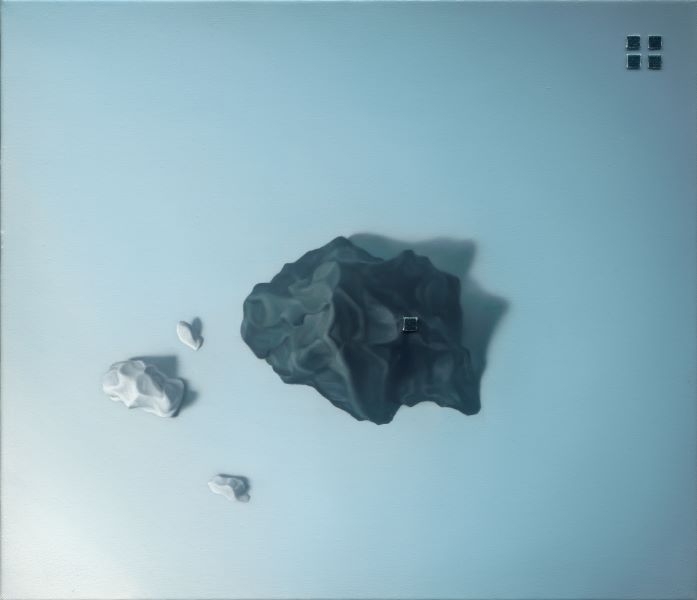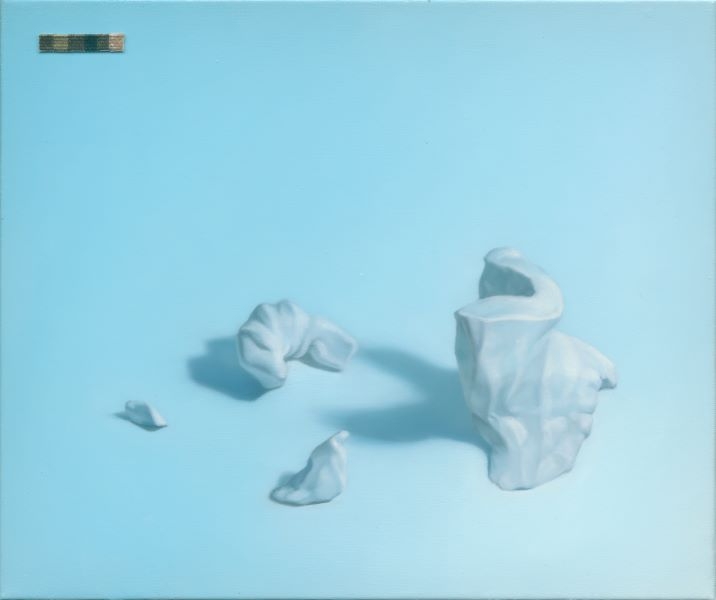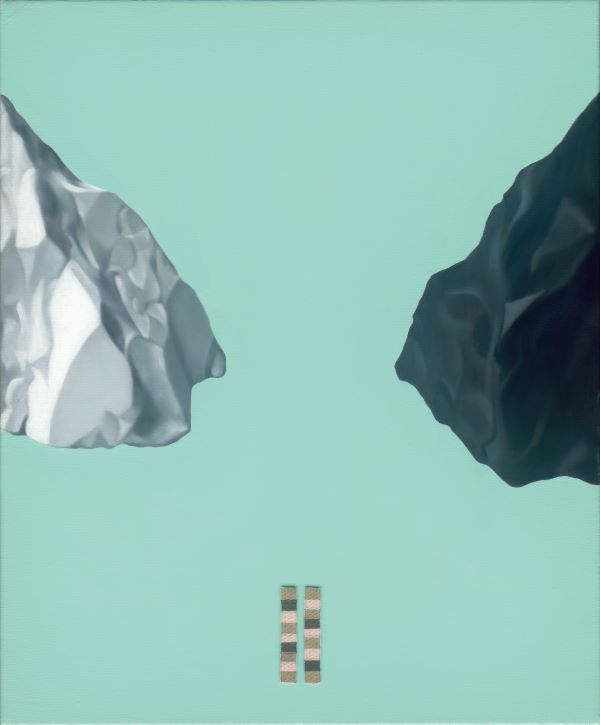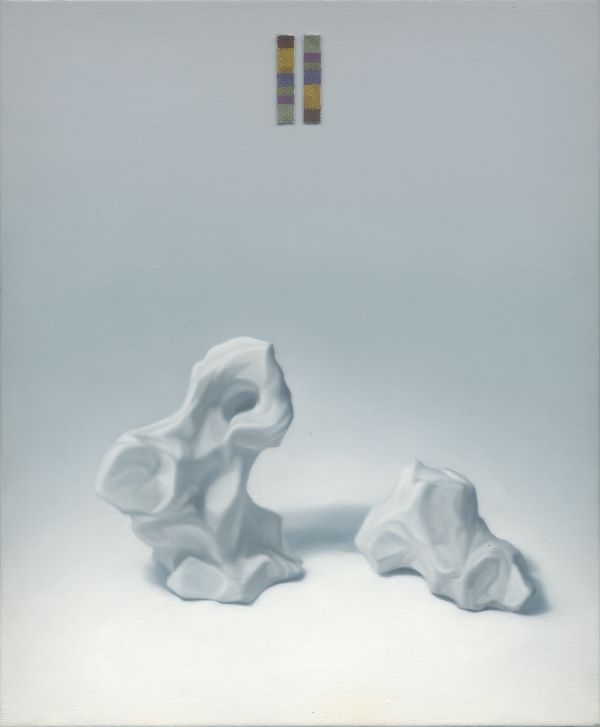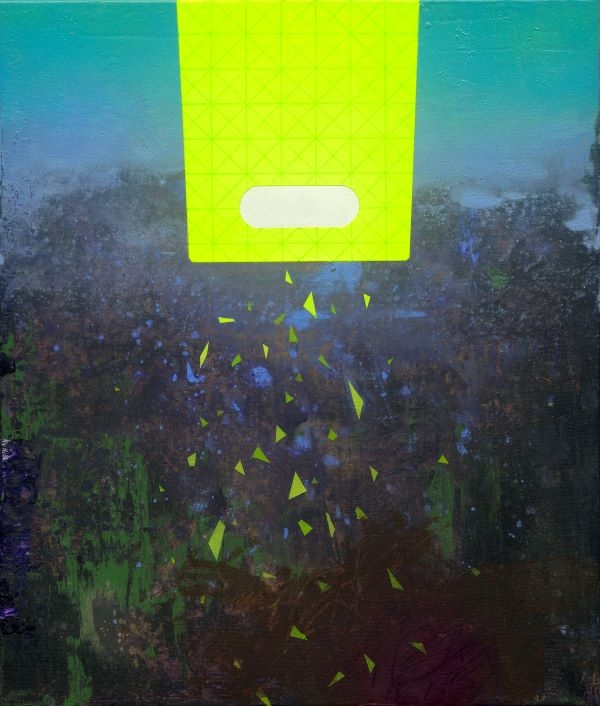1975年出生於雲林,畢業於國立台灣藝術大學美術研究所。作品曾多次參與台北、上海、倫敦、新加坡等地的藝術博覽會,亦被國立台灣美術館、台北市立美術館收藏。
在專職投入藝術創作前,從事了近15年廣告設計的工作。林宏信的作品以寫實繪畫為主體形式,但不同於美國照相寫實的客觀,而是注入強烈的主觀意識,並揉合了向量平面符號與虛擬的空間意像,以及個人生活經歷與妄想。在其創作中,刻意極簡化了色調與構圖,藉由畫面物件、符碼、色彩、線條與寫實的主體(人物)產生連結,呈現個人看待事物與環境議題的內在感知。
他挪用了班雅明(Walter Benjamin, 1892-1940)所描寫的「漫遊者」(Flâneur)形塑而成他畫面中的主體人物,透過塗白的臉孔與對應環境的扮裝,匿名旁觀著這個城市。「晃遊者」是種錯綜複雜的自我投射,也是筆者下意識「自溺」—暫時遁脫現實世界的藉口。透過不同尺寸的肖像,企圖改變觀眾的視覺經驗與閱讀習慣,並與觀眾產生異時同地的共鳴。
林宏信的作品以寫實繪畫為主體形式,但不同於美國照相寫實的客觀,而是注入強烈的主觀意識,並揉合了向量平面符號與虛擬的空間意象,以及個人生活經歷與妄想。林宏信挪用班雅明(Walter Benjamin, 1892-1940)的「漫遊者」(Flâneur)概念,形塑成他畫面中的主體人物。從2011年的《晃遊者》系列開始到2016年的《裂解人》系列,透過塗白的臉孔與對應環境的扮裝產生特殊的人物形象,同時以匿名旁觀著這個城市。
在其創作中,藝術家試圖變異並裂解影像與繪畫的邊線,大量地利用影像處理效果,置入繪畫之中;抽離並改變色調,畫面背景被刻意地解構與簡化,幻化了城市的喧囂。而人物的臉孔與表情透過變造、複製,甚至抹除,原有的情緒也被扭曲而重新定義,探討人們身處於裂解的狀態,透過社會化,以及受到城市、環境、家庭的影響,而產生的分裂與質疑,試圖呈現個人看待事物與環境議題的內在感知。
Born in Yunlin, Taiwan in 1975, Lin Hung-Hsin received his MFA from the National Taiwan University of Arts.
Before being devoted to artistic practice as a full-time artist, Lin had been working as an advertising designer for almost 15 years. His paintings feature a realistic expression, but are different from the objective representation of the American photorealism. Instead, he adopts a strong subjective perspective while combining two-dimensional vector symbols and images of visual spaces with his personal experiences and illusions. In his works, he intentionally simplifies the colors and the composition. Through the objects, the symbols, the colors, and the contours in the paintings, Lin creates a connection with the realistic subjects (figures) to visualize his inner perception of the surroundings.
He borrows the character “flâneur” from Walter Benjamin’s (1892-1940) works as the main subject in his works. With the face painted with white powder and the costume corresponding to the environment, the flâneur anonymously observes the city. The “flâneur” in Lin’s paintings is a complicated self-reflection of the artist, through which the artist offers himself a temporary getaway from the reality so that he can take shelter in his subconscious self-indulgence. Through these portraits in various sizes, Lin attempts to challenge viewers’ visual experience and the way they see a painting, creating a connection beyond time and space.
